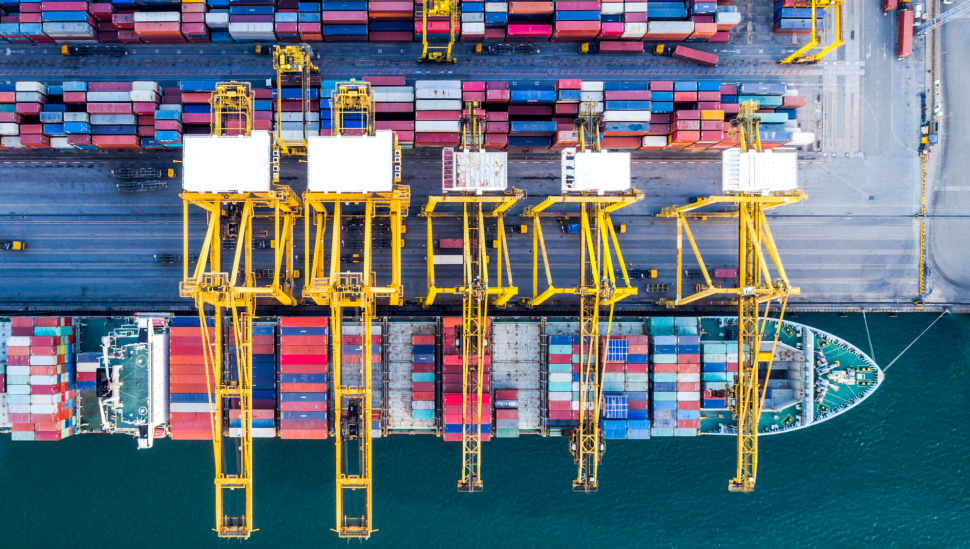
Annual Report
Our Annual Report summarises our financial, social and environmental activities and includes our Remuneration Report.
The Corporate Responsibility Indices and Environmental Reporting Data Dictionary are incorporated into our Sustainability Databook.












